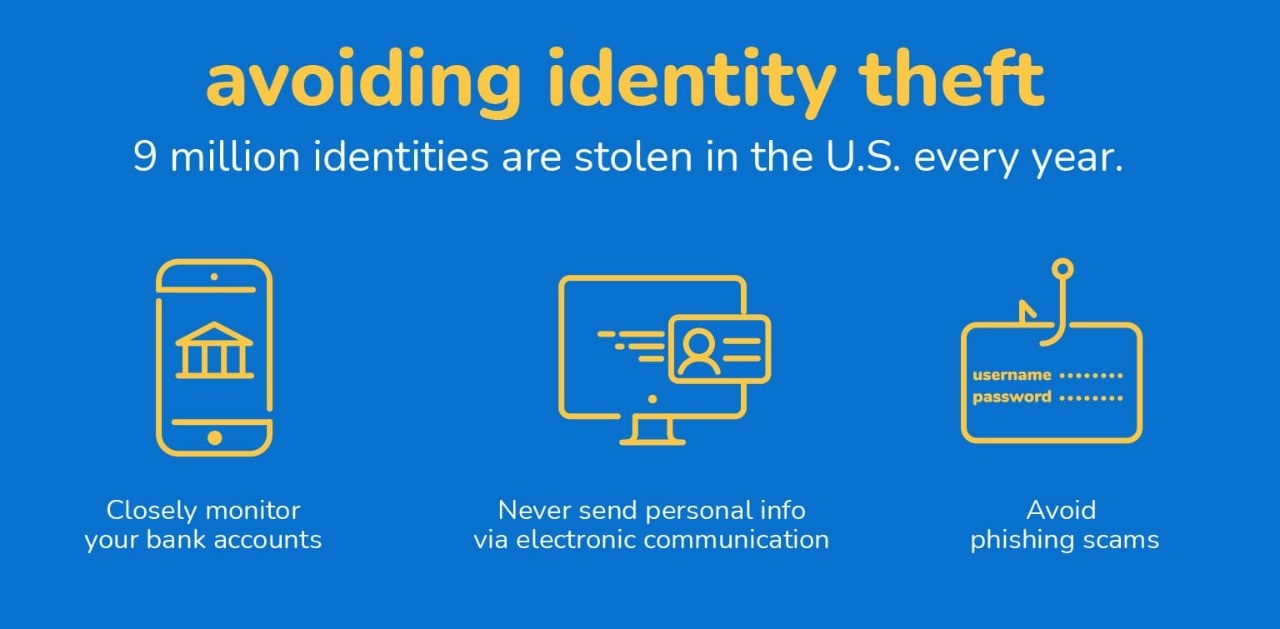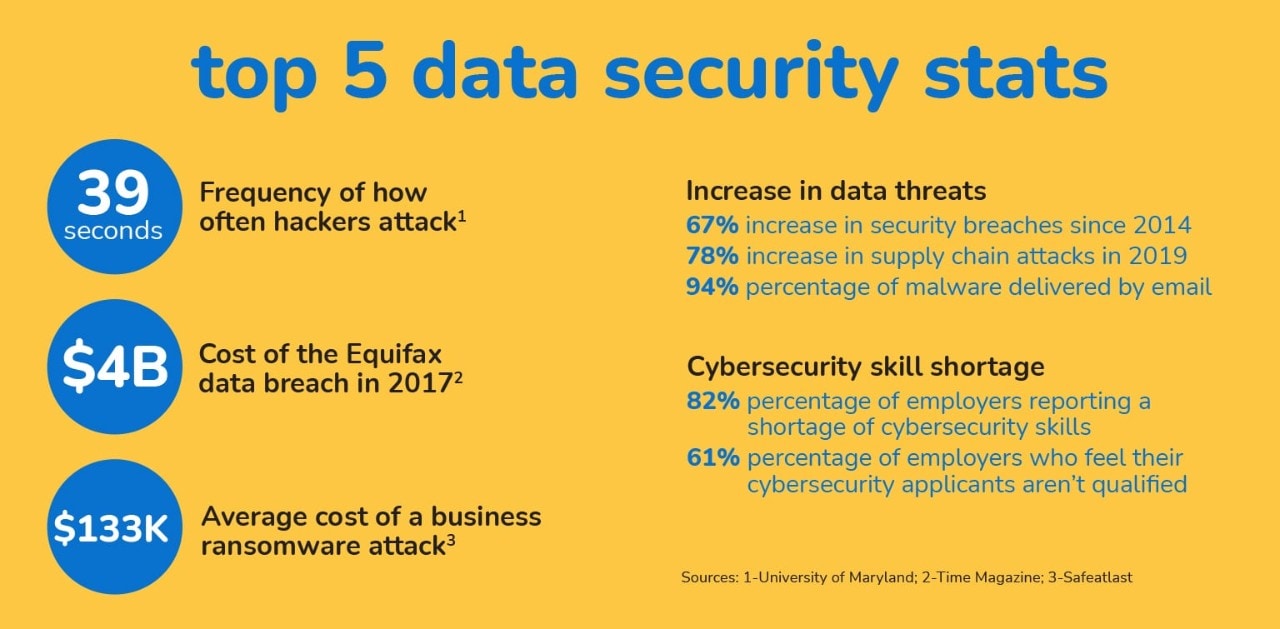

How Cyber Skilling Can Prevent Financial Frauds in Your Business
Companies continue to grapple with the cybersecurity skills gap. Your organization needs a way to ensure cybersecurity personnel is adequately trained via live-fire exercises to prevent cyber financial frauds.
The increasing gap in cybersecurity skills is one of the most significant threats facing IT enterprises. According to a Stott and May cybersecurity survey, three-quarters of organizations claim this shortage of highly-trained cybersecurity professionals impacts their daily operations.1
While companies strive to recruit and retain cybersecurity specialists, they can also close the gaps by providing current cybersecurity staff with more suitable skills for managing cyberattacks.
Decision-makers shouldn't just focus on the quantity of staff but the quality of the training by giving cyber professionals firsthand experience through live-fire cybersecurity drills.
Key takeaways
- Cyber skilling describes the ongoing training provided to cybersecurity personnel to ensure data security and compliance within an organization.
- In 2020, there was a 70% increase in fraud cases reported to the FTC, equaling $5.8 billion in losses. Cyber skilling trains personnel to help dodge these threats.
- Multi-factor authentication (MFA) ensures that only authorized users access your company's network by requiring more than one method to verify users.
- Your organization will need threat detection software, incident response protocols, and a zero-trust network model to ensure data security.
- Third-party risk management solutions reduce the risk of cyber financial frauds, like corporate data theft, account takeovers, vendor bankruptcies, and other damaging security issues.
What Is Cyber Skilling?
Cyber skilling refers to the ongoing training given to cybersecurity personnel to ensure data security and compliance within an organization. These teams work diligently to prevent cybercrimes and security breaches.
Unfortunately, there is a shortage of qualified individuals with the training necessary to work in this field. According to a study published in Forbes, there are 465,000 unfilled cybersecurity jobs across America.2
7 Ways to Prevent Cyber Financial Frauds
According to the FTC, an increase of over 70% of reported fraud losses equaled more than $5.8 billion in 2020.3 To reduce these threats, companies (and individuals) must take proactive steps to protect their data.
Identity theft is one of the most common forms of cybercrime associated with data breaches. As you can see from the graphic below, security professionals recommend three things everyone, including organizations, must do to protect the identities of themselves, employees, customers, and contractors. These include:
- Monitoring accounts
- Avoiding sending sensitive data via electronic communications
- Evading phishing scams

Along with these three measures, financial security leaders agree that your organization should engage in the following cybersecurity strategies to prevent cyber financial frauds from occurring:
1. Use Multi-Factor Authentication
Using multi-factor authentication (MFA) adds a layer of security that enables your security system to validate your identity every time someone logs into the network. It requires two or more authentication actions, such as retrieving a one-time passcode emailed to the user. A biometrics tool that reads fingerprints or offers facial recognition is another method to authenticate user access using MFA.
2. Provide Ongoing Fraud Training
Hackers' methods grow in sophistication at nearly the same rate as the measures taken to thwart their efforts. Your team should receive continued and ongoing training to make them more aware of the hackers' current methods.
Consider instituting a regular training schedule where cybersecurity personnel learn the latest threats and how they can avoid these attacks. Make sure to cover how technology will impact these cybersecurity threats.
3. Monitor Security
Make sure your company has the tools necessary for comprehensive visibility into your systems. It will enable IT admins to monitor security effectively.
PSI DSS compliance4 requires organizations to implement solutions to prevent ransomware attacks or other forms of cybercrimes using data governance.
While these requirements offer standard security protocols and increase data accuracy, your company can always seek higher-quality security tools to allow your IT personnel to do more to protect your organization's data.
4. Utilize Threat Detection Tools
Approximately 10% of small to medium-sized businesses are victims of fraud and cyberattacks.5 Threat detection software allows your cybersecurity personnel to easily track endpoint security. Discuss with your organization's CIO about reassessing your IT infrastructure and tech stack to see what existing tools work and which ones need upgrading.
5. Create Incident Response Protocols
Your cybersecurity personnel should institute an incident response protocol that streamlines efforts to identify and eradicate cybersecurity threats. That is where the live-fire portion of the cyber training will assist personnel in responding rapidly to data breaches.
Update these protocols regularly and test your security measures with drills throughout the day at various times with different cybersecurity personnel. Do not alert staff when a drill takes place to allow for a more authentic response.
6. Develop a Zero-Trust Network Model
A cybercrime occurs on average once every 39 seconds.6 Many threats target network security to gain access to an organization's data. A zero-trust network model layered into your security architecture can limit your company's liability in the event of a network break-in.

7. Opt for Third-Party Security Management
Accurately assessing cybersecurity and compliance measures is challenging. It's vital for ensuring that your organization does its due diligence regarding data security and cybersecurity strategies.
Consider a third-party risk management solution to reduce the risk of cyber financial frauds, such as corporate data theft, account takeovers, vendor bankruptcies, and other destructive security issues.
This end-to-end managed service streamlines your cybersecurity processes for the following:
- Background checks
- Third-party questionnaires
- Remediation tracking and monitoring
- On-site inspections
- Third-party screenings
Preventing Cyber Financial Frauds Requires Proactive Solutions
No industry is exempt from digital transformations of the cybersecurity challenges that arise. However, many consider cybersecurity a tedious cat-and-mouse game that is seemingly never-ending.
The hackers learn to circumvent cyberattacks as soon as an advancement comes to thwart them. That is why ongoing training is necessary to ensure your cybersecurity personnel has the knack to spot these threats and take proactive measures to minimize these threats.
Looking to increase cybersecurity when managing financial data? Check out our Fraud Prevention Solutions and contact your Treasury Management Officer to discuss what measures you can take to prevent cyber fraud from happening to your organization.